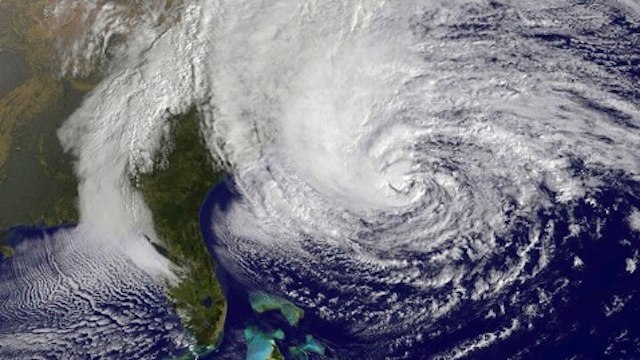
© www.vanityfair.comNortheast's epic storm, Hurricane Sandy
The two years that have passed since
Hurricane Sandy crashed into the New Jersey shoreline have not been enough time for scientists and researchers to make much headway on the hows and whys of the Northeast's epic storm. But that's not because they aren't trying.
In fact, Sandy has spurred an unprecedented amount of research, attempting to tackle the questions about what role climate change might have played in producing or worsening the storm, how global warming might influence similar storms in the future, and why the storm caused so much damage - $19 billion in the New York City area alone. "It'll be one of the most studied storms," said
Gary Lackmann, an atmospheric scientist at North Carolina State University who has looked into the
role warming might have played in guiding Sandy's track and intensity.
Here, Climate Central takes a look at some of those research avenues exploring the role climate change played in Sandy and how the so-called superstorm impacted our evaluation of current and future coastal risks.
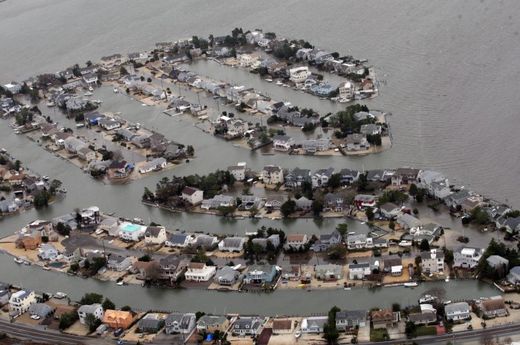
© www.pressofatlanticcity.comAtlantic City during temporary sea rise.
The clearest connection between climate change and Sandy's impacts is
sea level rise. Warming oceans and melting land ice have contributed in large part to the nearly 12 inches of
sea level rise in the New York area over the past 100 years, a rate faster than the global average of about 8 inches.
Sea level rise is contributing to coastal erosion in some places such as the Jersey Shore, but
Philip Orton, an oceanographer at the Stevens Institute for Technology in Hoboken, N.J., said that how it interacted with storm surge - the wall of water that hurricanes and other storms push ashore - is what helped drive much of Sandy's damage. And the
future 1-2 punch of storm surge and sea level rise could further reshape the physical and social landscape around New York and New Jersey. "Sea level rise is very uncertain so that's part of the problem for long-term planning," Orton said.
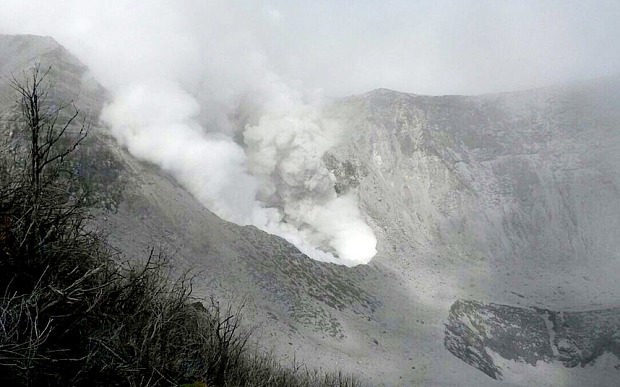


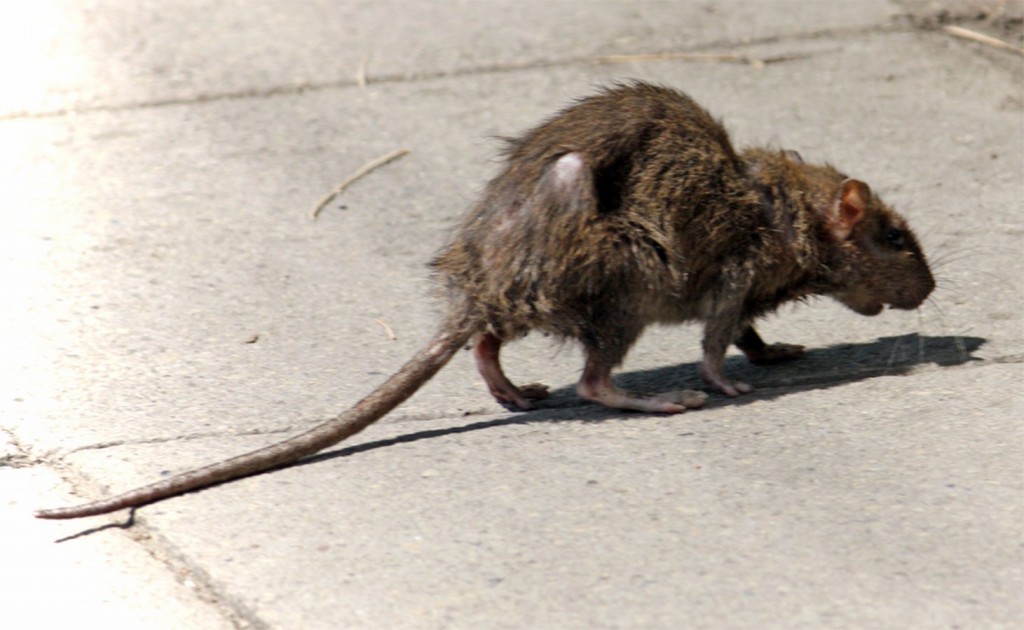
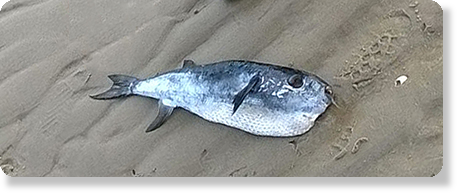
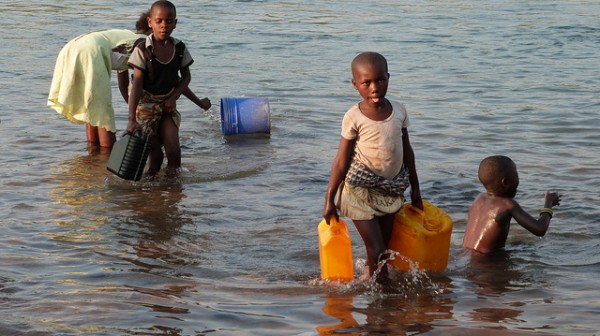


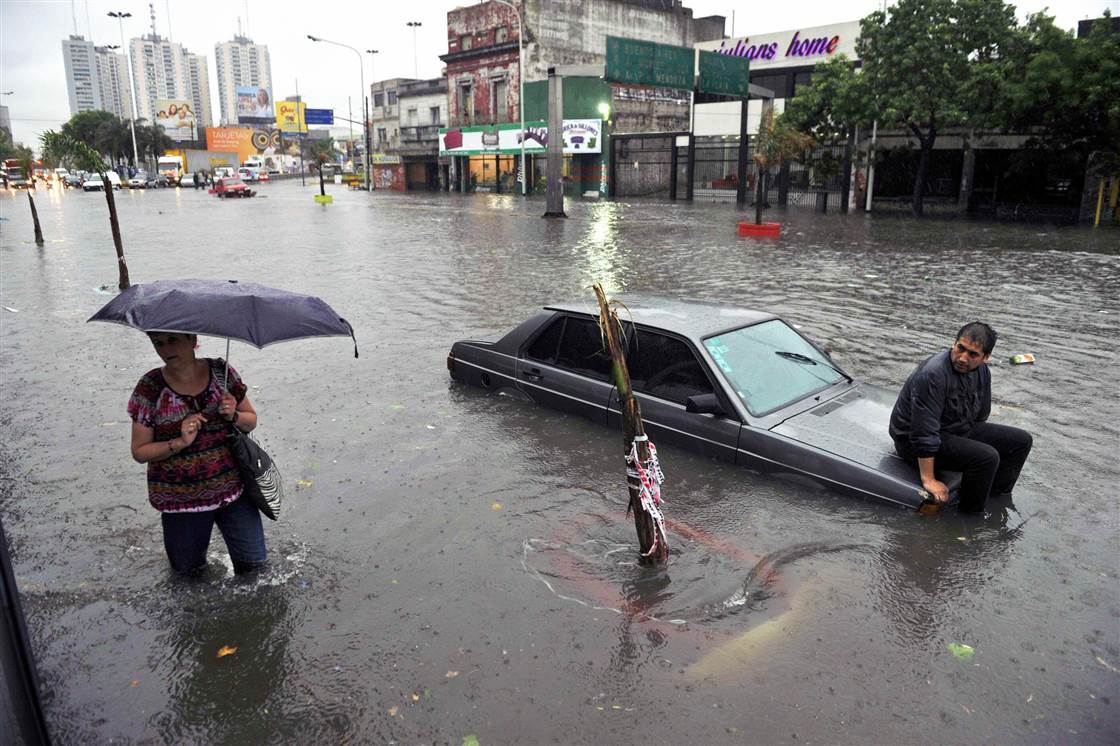
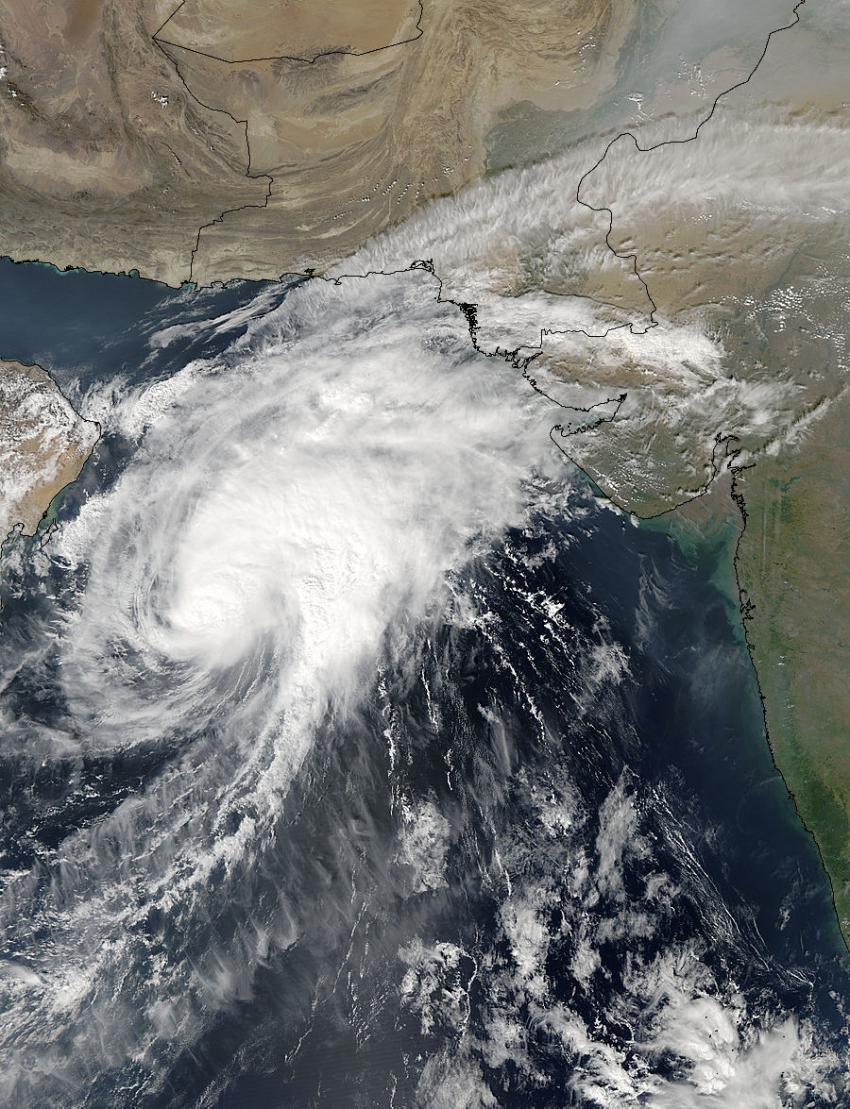




Comment: "I would hope that USDA would use this as an opportunity to do some research about the efficacy of their field trail conditions that they put in place"
Wishful thinking Greg Jaffe! The whole idea behind biotechnology is to mass contaminate, it's the norm, once GMO seeds are in nature they take over, they are bred to survive toxic herbicides, and contrary to Jaffe's statement, these isolated incidences do have food safety and environmental impacts:
- Monsanto GMO wheat contaminates field at Montana State University
- New GMO wheat may 'silence' vital human genes
- Monsanto pushes bizarre conspiracy theory to deflect blame for GE wheat contamination of commercial crops
Biotech crop supporters claim there has been plenty of research done, and so-called isolated incidents like this, cast a cloud over the benefits of biotechnology. The reality?science-based requirements for field trials, is seriously lacking! There will be no additional oversight, mainly because federal regulators, like the USDA, are on the same team as Monsanto:
Monsanto: 'There is no need for, or value in testing the safety of GM foods in humans'